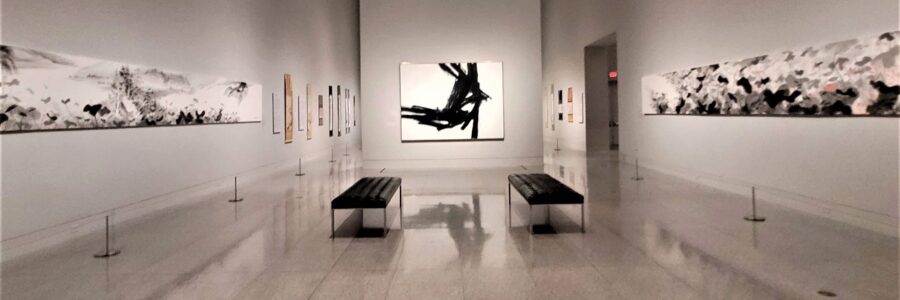
Zen Buddhist Japanese Paintings from the Renowned Gitter-Yelen Collection now on view at the MFAH
The exhibition, “None Whatsoever” draws from one of the world’s finest collections of Zen painting, as well as the distinguished MFAH collection of modern and contemporary art
The Museum of Fine Arts, Houston will present None Whatsoever: Zen Paintings from the Gitter-Yelen through May 14, 2023.
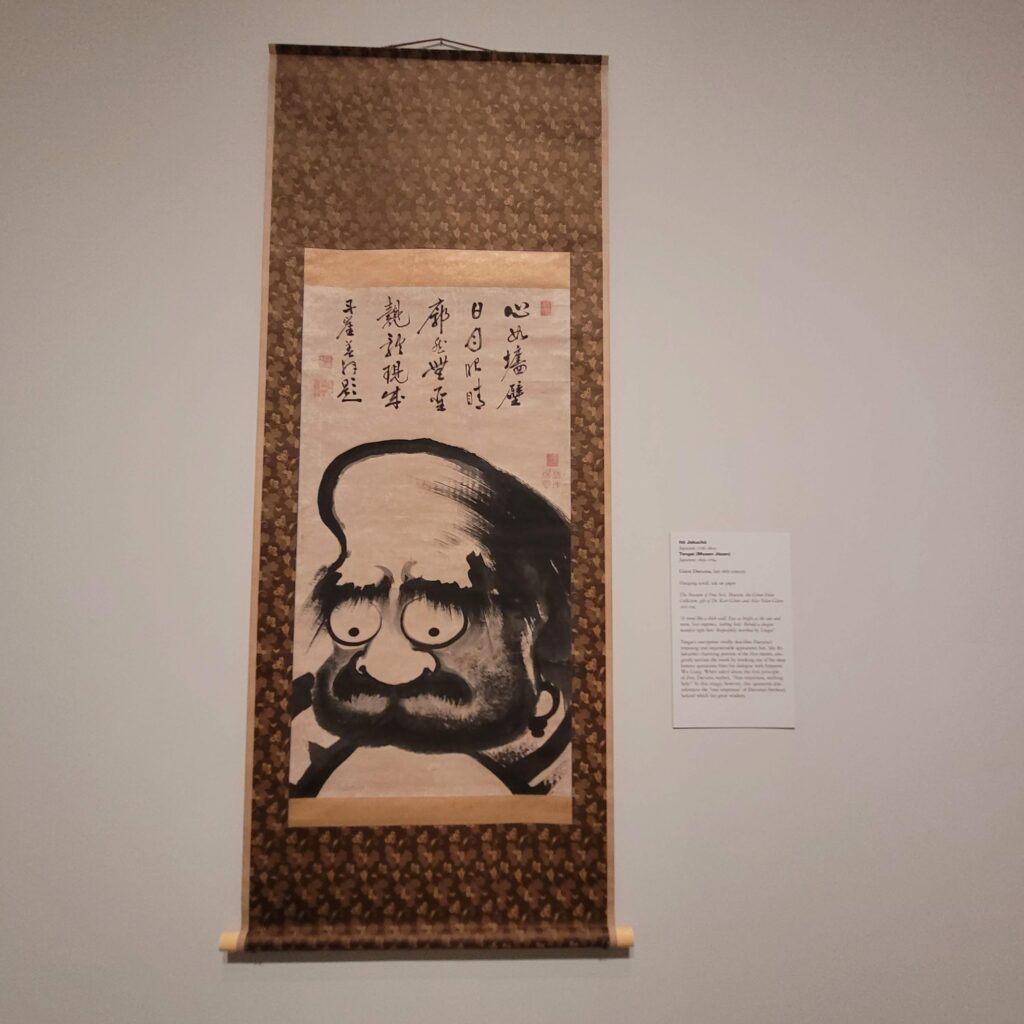
The exhibition is centered around some 100 masterworks from the renowned holdings of New Orleans based collectors Kurt Gitter and Alice Yelen, many of which were recently acquired by the museum.
None Whatsoever explores the origins of Zen Buddhism in Japanese painting through ink paintings and calligraphies by 18th-century Buddhist master Hakuin Ekaku (1685-1768), and other painter-monks from the 18th to the 20th century who expressed Zen Buddhist teachings through their art.
A related selection of modern and contemporary art influenced by Zen Buddhism includes work by Robert Motherwell, John Cage, Hiroshi Sugimoto, Ad Reinhardt, Takahiro Kondo, and Franz Kline, among others.
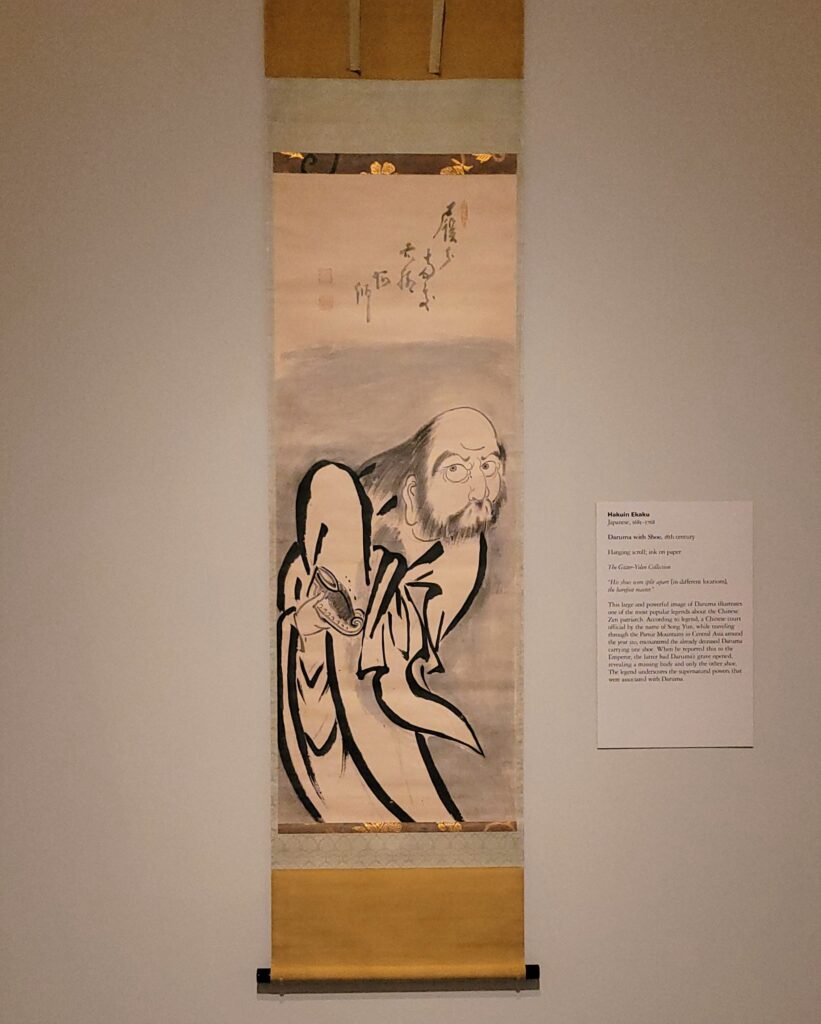
The exhibition takes its title from a legendary encounter between a Buddhist monk and a Chinese emperor. According to 8th-century Chinese sources, around the year 520 ACE the itinerant monk Bodhidarma, patriarch of Zen Buddhism, visited the court of the Emperor Wu Liang, a great patron of Buddhist temples, sites and art. The Emperor asked the holy man how much good will his generous deeds had earned in the eyes of the Buddha. The monk’s curt reply – “None Whatsoever” – shocked the ruler. This exchange – seemingly casual and dismissive, yet also uncompromising, profound and revolutionary – has come to embody the relationship in Zen Buddhism between student and teacher.
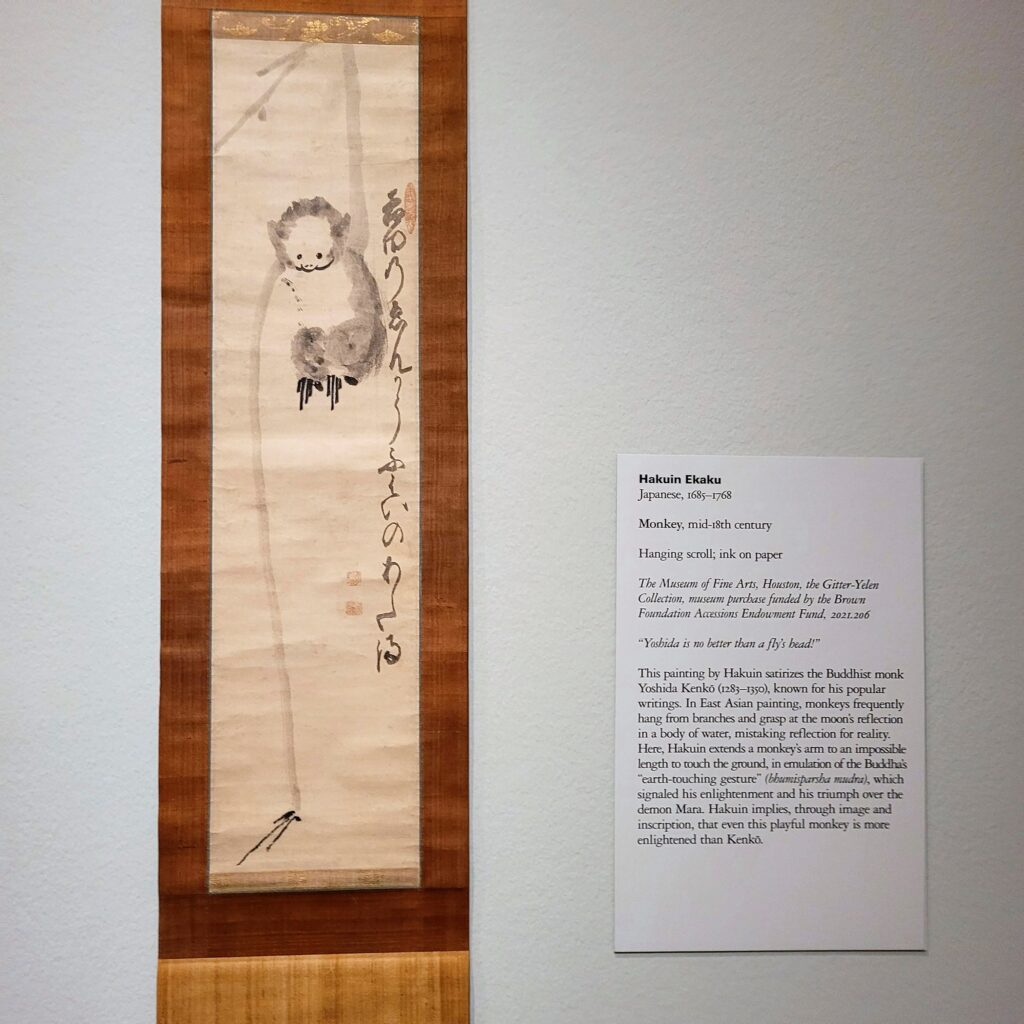
“Kurt Gitter and Alice Yelen have for decades been deeply engaged in the collecting, understanding and appreciation of the art of Japan,” commented Gary Tinterow, MFAH Director, the Margaret Alkek Williams Chair. “They have generously shared aspects of their collection over the years with institutions around the world. We are privileged to have been able to acquire dozens of masterworks from their collection, and to now present much of that work in an exhibition that highlights their particular focus on the mastery of Zen painting.”
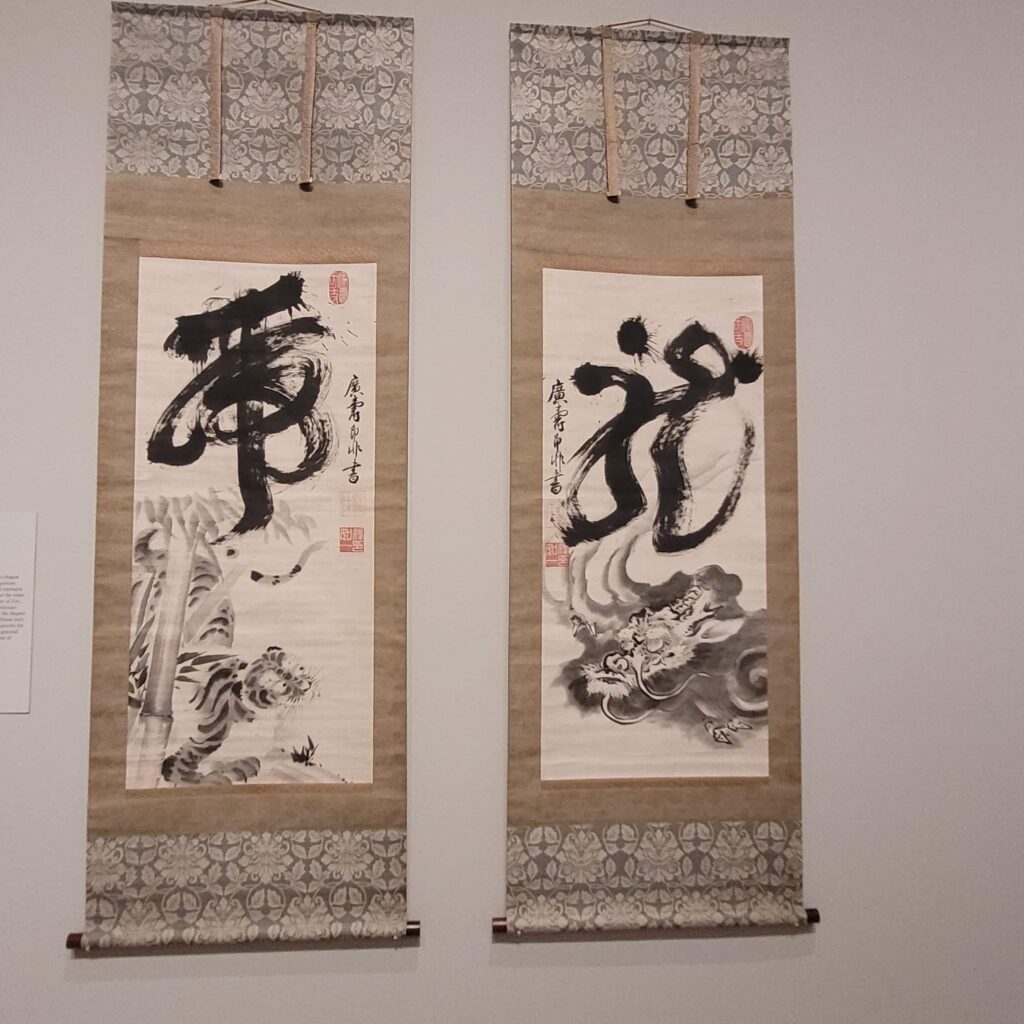
Noted Bradley Bailey, the Ting Tsung and Wei Fong Chao Curator of Asian Art at the MFAH, “Through the sheer importance of the Gitter-Yelen Collection and the extraordinary quality of the paintings themselves, None Whatsoever will enable us to appreciate the history, legacy and many dimensions of true Zen, as expressed over several centuries by its devotees and disciples. Of special significance is the in-depth representation of the work of the 18th-century artist-monk Hakuin Ekaku, who has been increasingly recognized as one of the most important and influential of Japan’s painters.” Dr. Bailey is co-curator of the exhibition with Yukio Lippit, Jeffrey T. Chambers and Andrea Okamura Professor of the History of Art and Architecture, Harvard University.

Zen teachings arrived in Japan in the late 12th century. Monks at Buddhist monasteries, which served not only as important religious institutions but as cultural centers, undertook the arts of painting and calligraphy, as Zen teachings, which initially thrived before declining for several hundred years.
Beginning in the 18th century, the Zen sect saw a revival and was popularized by several monks, including Hakuin Ekaku. As a painter and calligrapher, Hakuin introduced bold uses of ink with individualistic brushwork to give traditional themes new forms. His paintings, which playfully expand the Buddhist pantheon to include additional deities, folk figures, and representations of Zen’s “unanswerable questions,” or koan, were revolutionary and reframed Zen Buddhism, formerly an impenetrably erudite and aristocratic pursuit, to be comprehensible by the merchants and farmers of Japan’s Edo Period.
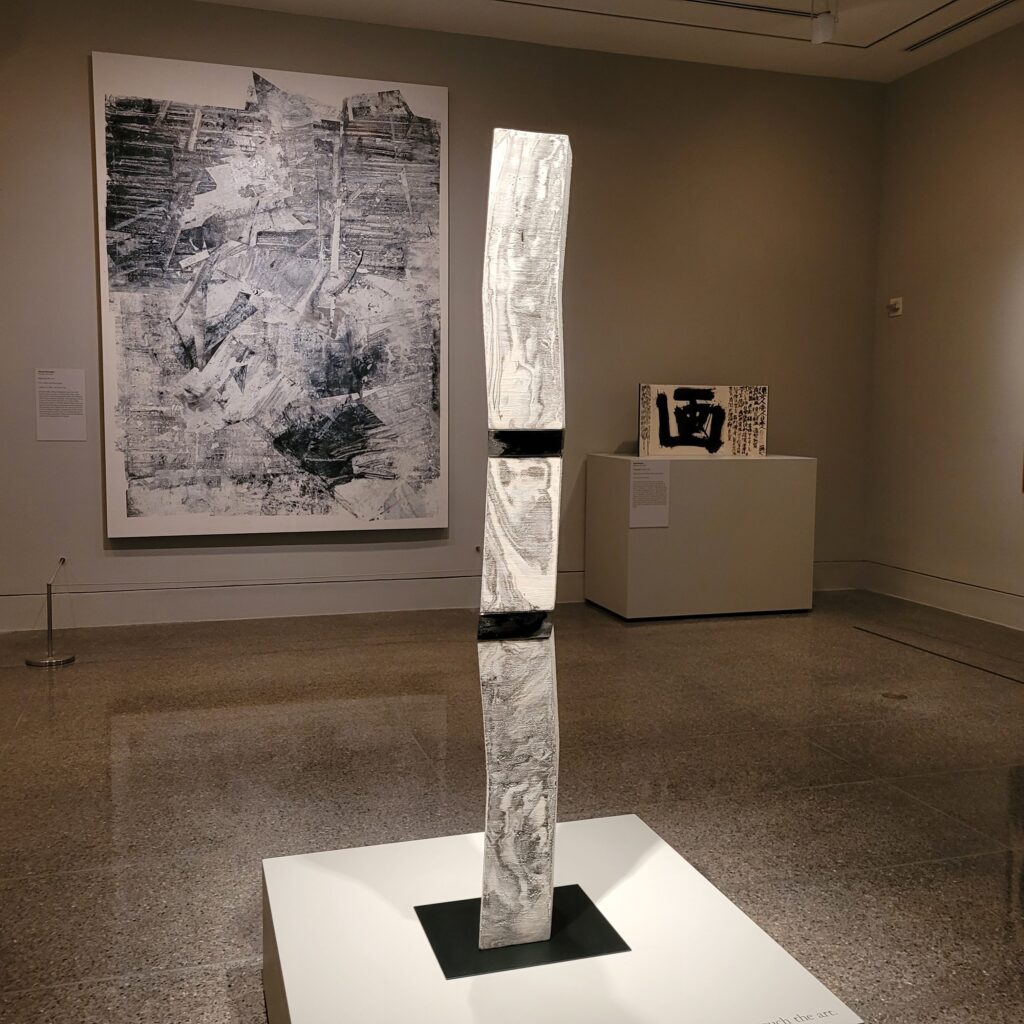
Presenting three dozen of Hakuin’s ink-onpaper hanging scrolls, None Whatsoever conveys for the first time the revered monk’s central role in Japanese religion, reform, painting and, ultimately, American Modernism. The exhibition contains more than 100 works of Zen painting from the GitterYelen Collection of Japanese Art, spanning over four centuries. Often playful, sometimes comical, and always profound, Zen paintings, or Zenga, are a distinctive form of ink painting that seek to give form and visual representation to the teachings of Zen Buddhism.
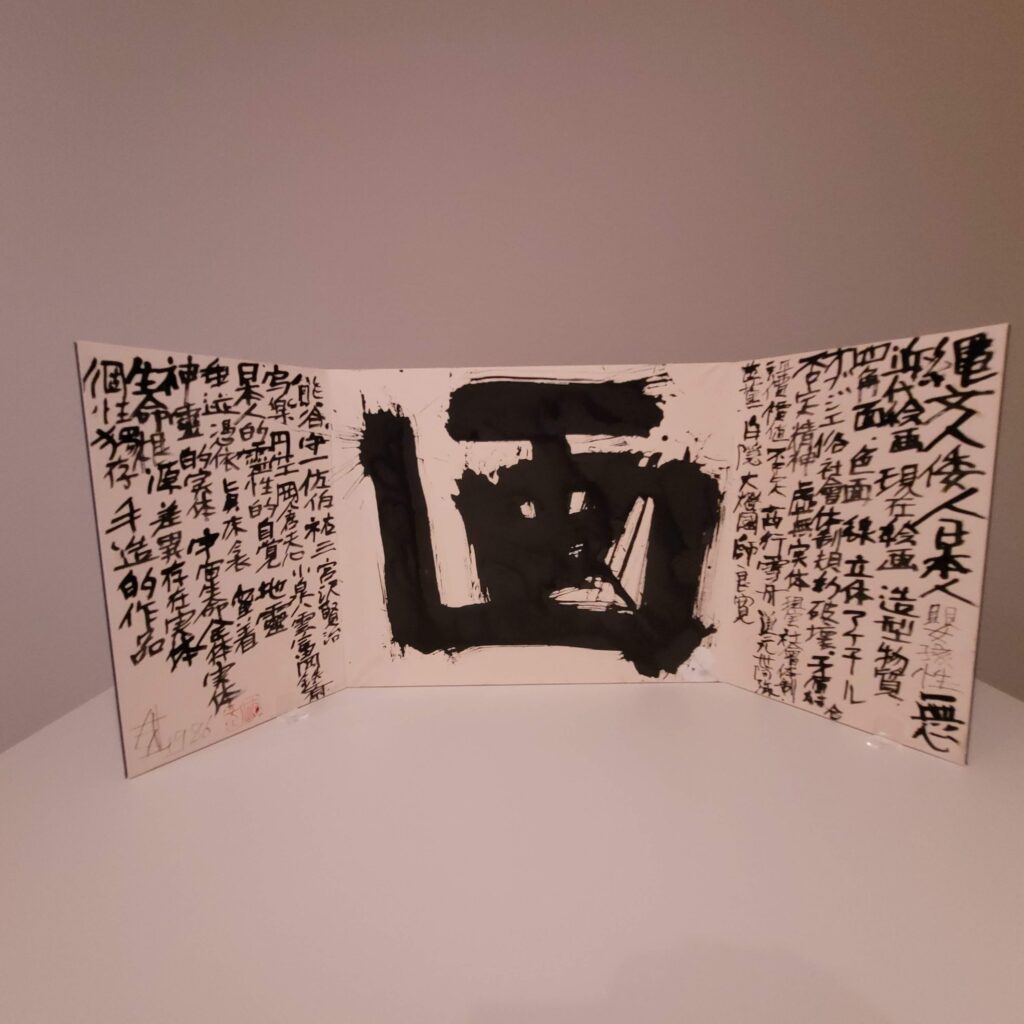
The largest presentation of Zen painting from the Gitter-Yelen Collection ever assembled, None Whatsoever is a singular opportunity for Houstonians to experience firsthand the beauty, humor, and profundity of one of the world’s most fascinating religious and artistic traditions.
E-Catalogue: The exhibition catalogue is available online.
For more information, visit www.mfah.org/.
Photos: V. Sweeten